Using images in class is a great way to engage learners in a lesson but how can we get the most out of photos that learners have taken? This post explores some of the benefits of using photos and presents some practical ideas you can use in your classes tomorrow!
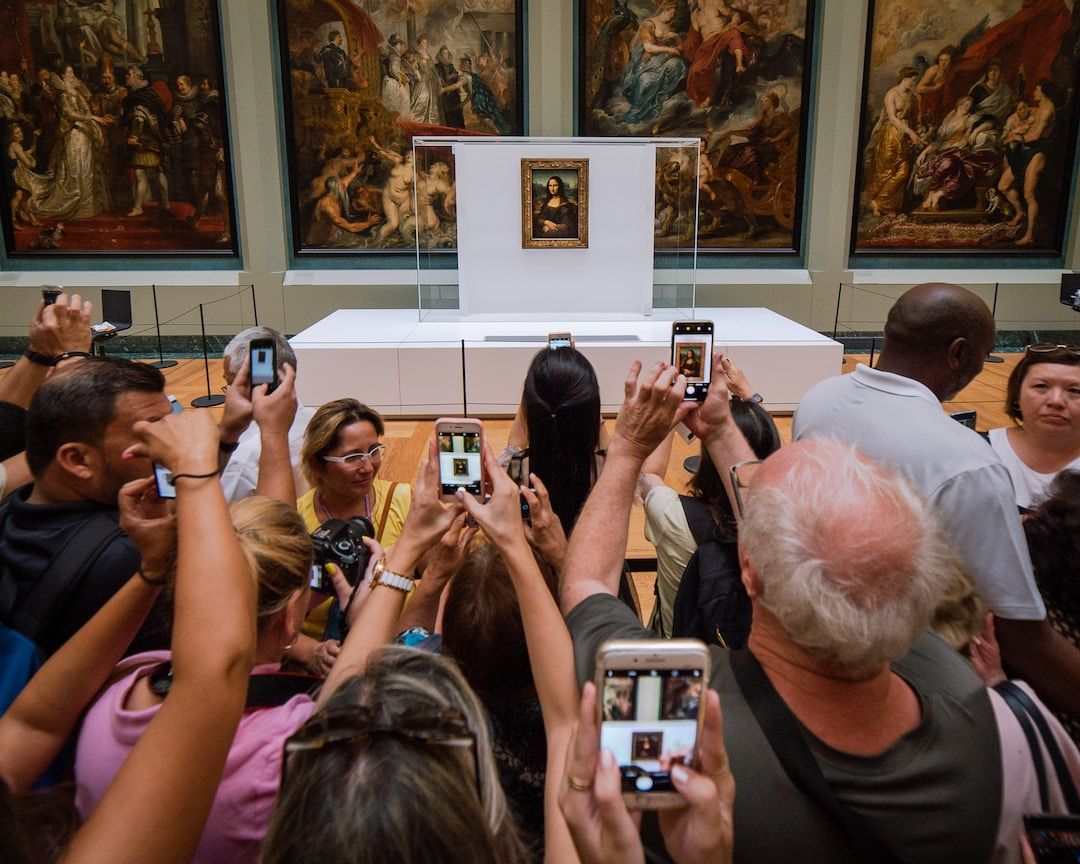
We are all captivated by visual content – pictures and videos are everywhere. How can we make the most of this? One way can be incorporating learners' photos into the classroom. By leveraging the power of visuals, teachers can stimulate students' creativity, promote authentic communication, and foster a deeper connection with the language. In this blog post, we will explore some practical ideas on how to use learners' photos in the classroom to create a dynamic and enriching learning environment.
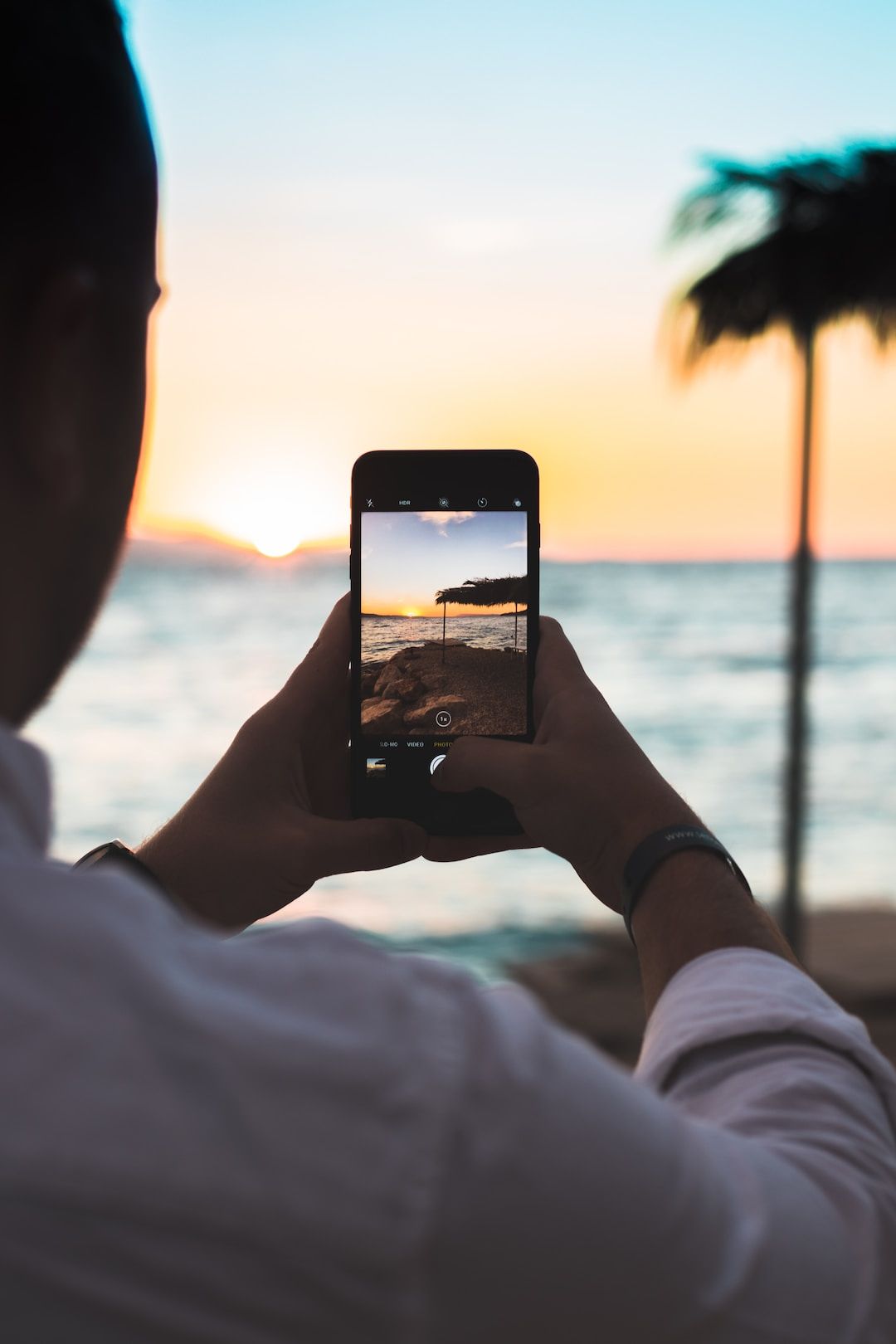
Picture Descriptions:
Encourage students to bring in personal photos and use them as prompts for picture descriptions. Whether it's a vacation snapshot, a family gathering, or a hobby-related picture, each photo provides a springboard for students to practice their speaking and writing skills. Have students take turns describing their photos to the class, emphasizing relevant vocabulary, sentence structures, and storytelling techniques. To make this more fun, you can do picture dictations - get the students to sit facing each other. One student describes their photo and the other listens and draws it. They can ask questions but they MUST keep their drawing and the original photo secret.
Encourage students to bring in personal photos and use them as prompts for picture descriptions. Whether it's a vacation snapshot, a family gathering, or a hobby-related picture, each photo provides a springboard for students to practice their speaking and writing skills. Have students take turns describing their photos to the class, emphasizing relevant vocabulary, sentence structures, and storytelling techniques. To make this more fun, you can do picture dictations - get the students to sit facing each other. One student describes their photo and the other listens and draws it. They can ask questions but they MUST keep their drawing and the original photo secret.

Social issues:
Ask students to take pictures for homework of things which represent social issues. The next day, ask them to share their photos and discuss why they occur and what we can do to combat them. This can then develop into an email to the newspaper / blogpost / complaint to your local MP.

Photo Stories:
Use learners' photos as story starters. Distribute various pictures among students or groups and ask them to craft imaginative narratives based on the images. This activity not only nurtures creative thinking but also fosters collaboration and communication within the classroom. Students can later present their stories to the class, providing a fantastic opportunity to practice speaking and listening skills. This works best if learners are creating stories based on photos that belong to another class member - they can then be as imaginative as they like.
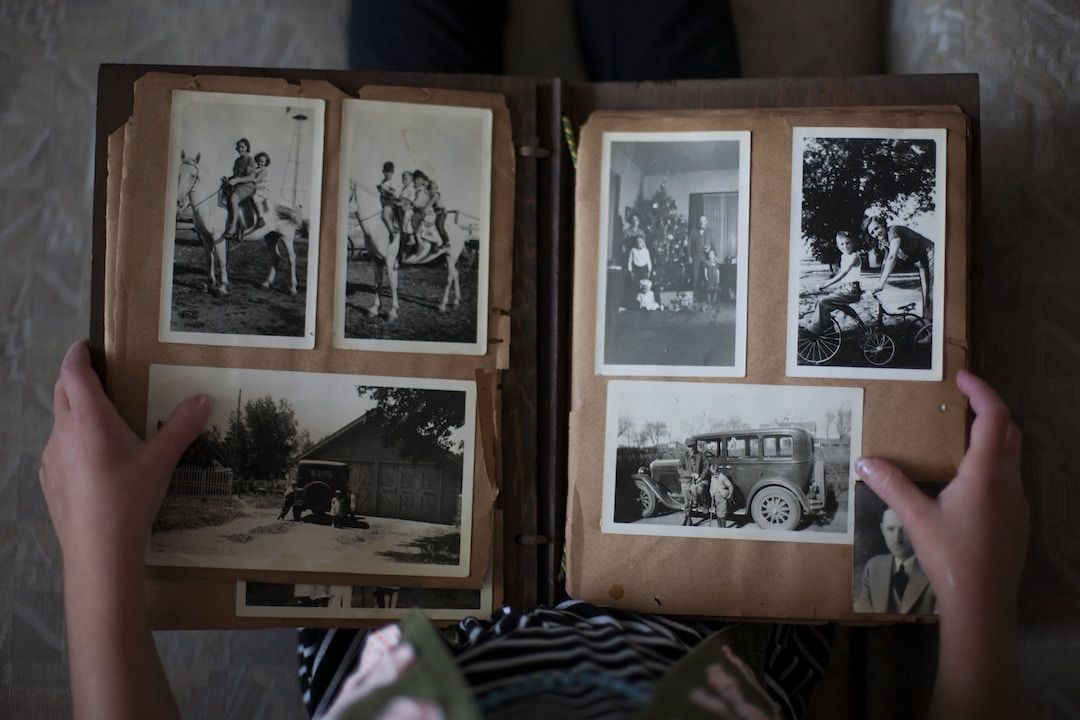
Memory Game:
Create a memory game with printed copies of learners' photos. Pair students up and let them take turns flipping over two photos, trying to find matching pairs. Once they uncover a match, they must discuss the story behind the photos or answer a question related to the image. This activity is not only enjoyable but also helps improve vocabulary retention and encourages conversational practice. Another version of this is to make up a story to explain how and why the two pictures are related. If the rest of the group thinks it's feasible, then the story teller keeps the pictures.

What does this mean?
Ask students to take photos of things that they don't understand. Ideally, it should be something that has some English in it, but it could be anything. Set this for homework and then in the lesson ask them to email them to you or post them on padlet so you can prepare. Then, in the lesson, get them in groups to read the text or look at the picture and speculate on where this is, why it's there (its purpose) and all the possible meanings. Gather these in feedback as a class and help them with any language that they haven't yet got.
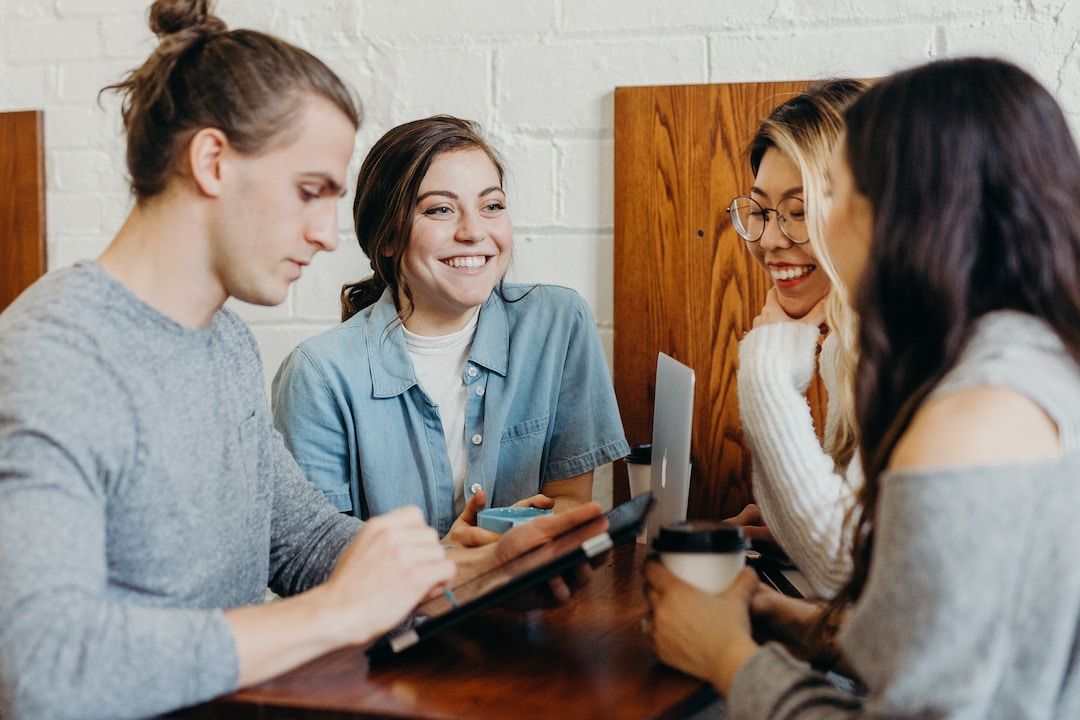
Role-Playing and Dialogues:
Give students a set of photos depicting different scenarios or everyday situations. Pair them up and have them role-play dialogues based on the images. This activity provides opportunities for practical language application, encouraging students to use functional language and engage in meaningful conversations as well as allowing for some hilarious conversations.

Cultural Exchange:
Ask students to share photos that represent their culture, traditions, or significant events in their lives. This activity promotes cultural awareness and understanding within the classroom, allowing students to learn about each other's backgrounds while practicing language skills.
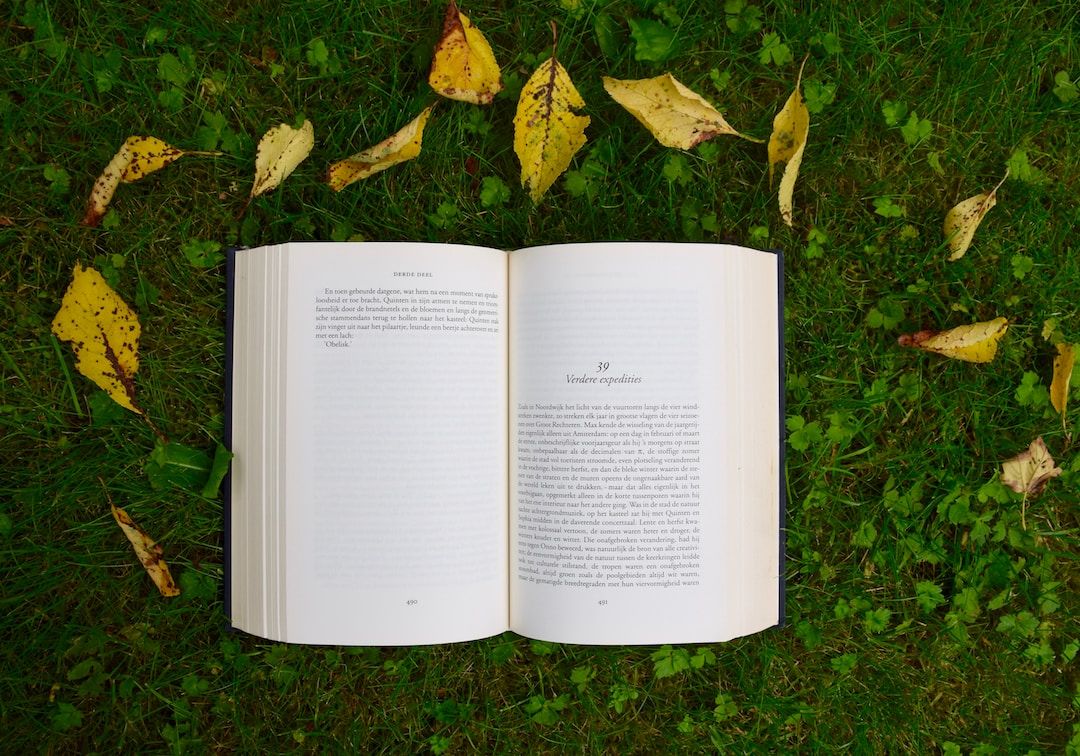
Photo Prompts for Writing:
Using learners' photos as writing prompts can inspire students to produce written work more effectively. Students can write narratives, descriptive paragraphs, or even poetry based on the emotions, scenery, or characters depicted in the photos. This exercise allows students to explore their creativity while honing their writing skills and grammar usage.
Conclusion:
Incorporating learners' photos into the English language classroom can transform the learning experience into a dynamic and interactive journey. Visual aids not only stimulate students' creativity and imagination but also foster authentic communication and cultural understanding. By integrating these practical ideas into your teaching you can create a vibrant and engaging learning environment that brings the learners' real world into the classroom.






